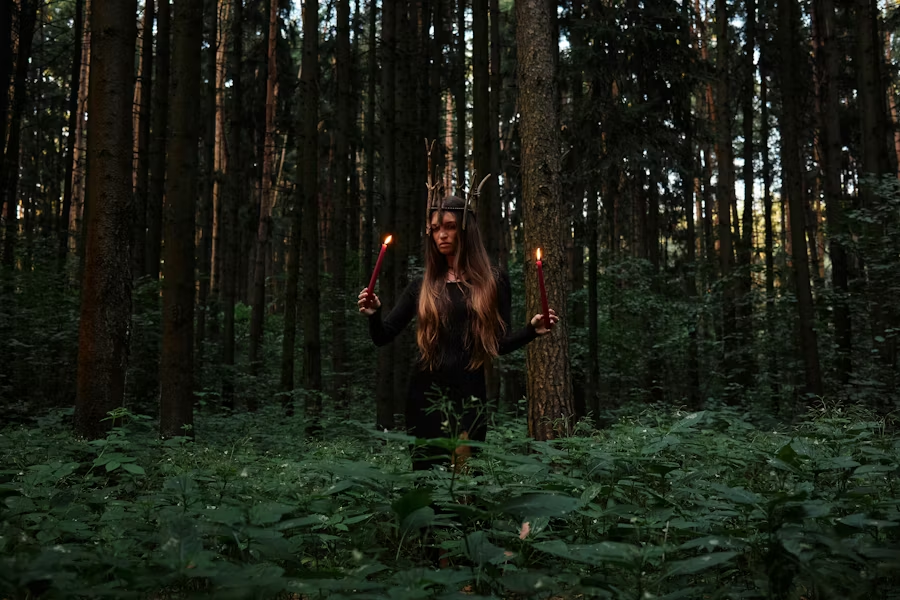
Walking along a trail at eleven-years-old, my grandpa stops at yet another plant to take a photo. I usually love flowers, but it is February, I am cold, and it seems we haven’t gotten ten feet along the path without an extensive informational session about a plant and why it exists.
I look towards the sky, observing how it morphs after looking solely at the trail in front of me. He snaps a few photos and begins his spiel. This time though, I am secretly intrigued. To eleven-year-old me, flowers are more interesting than a mere leaf.
He explains that what is sprouting through the cold dirt are snowdrops, which to a well-seasoned botanist, poet or observer represent the first signs of spring. I peek down at the drooping white flower for a minute, nod, and we continue down the path. Delicately resilient, the dainty plant being the first to break through frozen soil is a metaphor for rebirth. From that point on, I’d always stop and smile at them.
In lieu of this year’s snowdrops finally blooming, I wanted to take a small dive into different spring traditions that are celebrated around the world, and observe how they can be represented by the arrival of snowdrops.
Ostara
A modern Wiccan holiday celebrated during the spring equinox, this celebration is of Pagan descent and its origins nestle beneath the arms of the Anglo-Saxon goddess Ēostre. Her benevolent aid of bringing transition, rebirth and light to Earth are common values practiced by those who participate in this celebration, which usually includes meditation during the equinox.
In Germanic folklore, the Ēostre is known to have saved a dying bird by giving it a new life as a hare; However, it did not fully lose its fowl attributes and retained the ability to lay eggs. Later, Christians adopted this tale of a rabbit laying and decorating eggs, representing the fertility and abundance brought into their Easter holiday.
Holi
This celebration is also known as the festival of colors! Holi is a Hindu spring holiday, celebrated traditionally during the last full moon of the Hindu luni-solar calendar. Looking towards Hindu proverbial stories, the tradition of throwing powdered color at one another brings forth a reminder of unprejudiced love, and the persistence of good over evil. Holi reminds individuals that love and abundance can return and enacts appreciation of new beginnings, all while celebrating community through color.
Honoring Kukulkan
One of the Mayan solstice celebrations, individuals gather at Chichen Itza pyramid during the spring equinox in Mexico to observe the descent of the feathered serpent god, Kukulkan. Believed to be the transcendence between the heavens and Earth, a snake formation representing Kukulkan is led towards the earth by the setting sun. As a shadow overtakes the outline of the serpent shape, Mayans believed the earth and spirits were reminded to begin the rebirth process that is spring, bringing further abundance to the community.
Imbolc
Highlighting Celtic agrarian heritage, Imbolc celebrates the Celtic Goddess and Christian Saint Brigid who brings light, rebirth and inspiration to the community. The Old Irish word translates to “in the belly.”
This spring celebration takes place prior to other celebrations, between the winter solstice and spring equinox, and highlights the upcoming changing of seasons. In turn, the festival alludes to Earth’s fertility and rebirth during spring, reminding participants that warmth and abundance is around the corner. Imbolc is also echoed in Western tradition today, with the widely known Groundhog Day.
Songkran
Songkran, a representation of Thai New Year, directly translates from Sanskrit to “passage of the sun.” Songkran is entirely about rebirth, water being an important element in the practice of this holiday, washing away the bad of the old year, and stepping into the new year refreshed and unburdened. Celebrated during mid-April, participants take part in festivals and annual lighthearted water fights.
Hanami
Referred to as the Cherry Blossom Festival in English, Hanami translates to “flower or cherry blossom viewing.” The Japanese tradition of gathering and picnicking beneath cherry blossoms announces the beginning of the rice planting season. This brings attention to the abundance that has begun, but that beautiful things in life can be fleeting. Hanami teaches the lesson of appreciation of the little things in life, as well as acting as the origination of the proverb “dumplings rather than flowers,” poking fun at individuals who arrive at the celebration looking solely for food and a party.
No matter where we are on Earth or what religion we believe in, we love to appreciate Earth’s seasonal and celestial changes through spiritual and representational practices. Spring celebrations allow us a moment to reflect and shed old skins, leaving us feeling renewed and ready to begin another piece of the year.
Whether you’d wish to participate in one of these six traditions, the Canadian Tulip Festival, or even the “Thrills and Spills” of Cooper’s Hill Cheese Rolling, you can find ways to bring light back into your life after the bleak winter months. As always, I look for the first snowdrop blossoms to remind me that spring is around the corner.
Support Student Media
Hi! I’m Kayla Friedman, A Magazine’s editor-in-chief. My staff and I are committed to bringing you the most important and entertaining news from the realms of fashion, beauty and culture. We are full-time students and hard-working journalists. While we get support from the student media fee and earned revenue such as advertising, both of those continue to decline. Your generous gift of any amount will help enhance our student experience as we grow into working professionals. Please go here to donate to A Magazine.

















